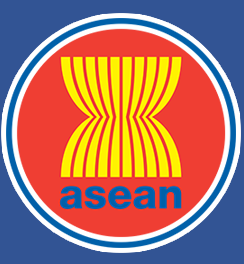ASEAN Journal on Science and Technology for Development
Abstract
A team of healthcare professionals in the Department of Emergency and Medical Services demonstrated decision-making processes for a poisoned pediatric patient with a Do-not-resuscitate (DNR) order. At the same time, clinical guidelines for poison resuscitations were critically applied. Lastly, the case examined and evaluated emergency care, management, treatment and diagnostic laboratory tests for pediatric poisoned patients. Ideas on pertinent literatures of decision-making models, clinical guidelines on poison resuscitation and DNR policies were already known by the majority. In addition, ideas on the benefits such as becoming enlightened on how to make sound judgments in an emergency situation, particularly addressing issues on how to prioritize patients waiting in the emergency departments were featured. Poison resuscitations were decided upon by using the descriptive, normative and prescriptive clinical decision-making models in a fast-paced environment. But the most important outcome however, was the recognition of client/relative satisfaction from hospital services — the demonstration of a sound decision-making that is legally, physiologically and financially in tandem with patient needs.
Publication Date
7-4-2017
Recommended Citation
(Iii) P., Dioso R.
(2017)
"Decision-making Processes for a Do-not-resuscitate Poisoned Pediatric Patient Admitted to the Department of Emergency and Medical Services — A Case Study,"
ASEAN Journal on Science and Technology for Development: Vol. 32:
No.
1, Article 3.
DOI: https://doi.org/10.29037/ajstd.10
Available at:
https://ajstd.ubd.edu.bn/journal/vol32/iss1/3

